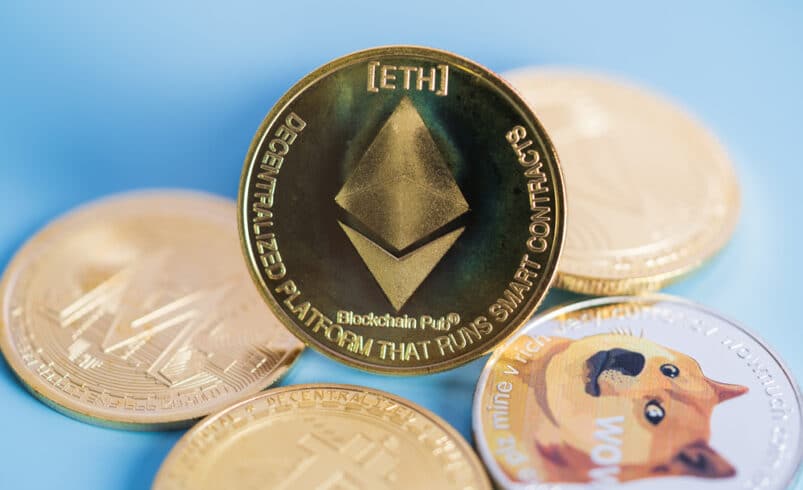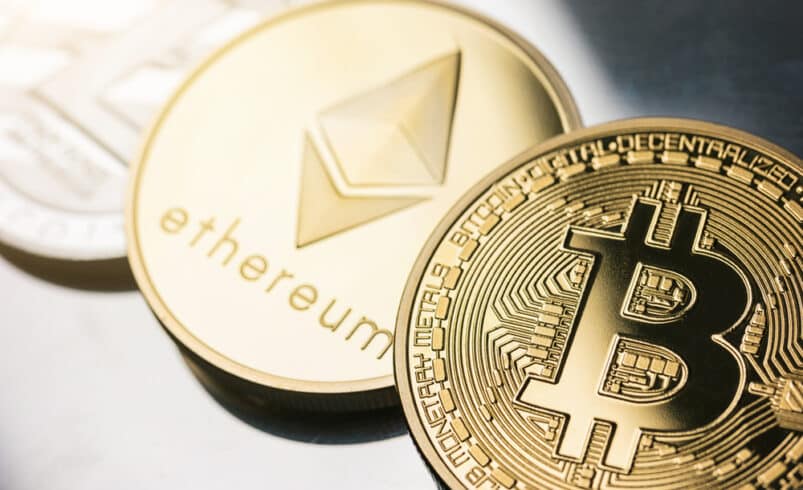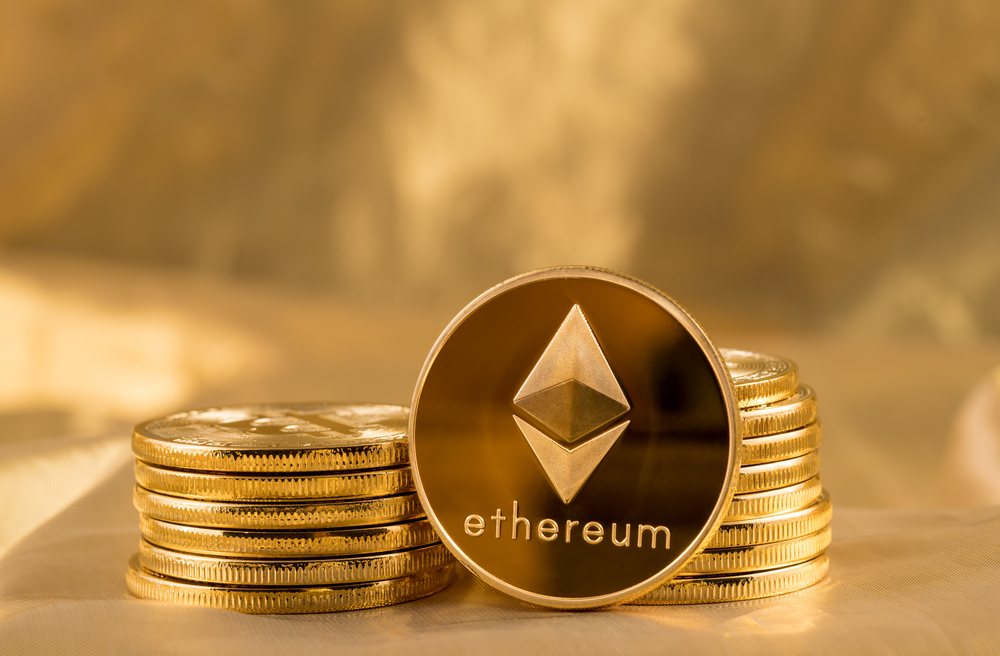All You Need To Know About Spot Ethereum ETFs

What is a Spot ETF?
ETFs stand for exchange-traded funds. It is a type of traditional investment vehicle that tracks the value of a specific index. This index is traded on exchange platforms. ETF allows investors to purchase the grouped value of all assets in an index by purchasing ETF shares.
In this way, investors can distribute risks among a multitude of investment assets. Spot ETFs are exchange-traded funds that track the market value of the specified asset class such as stocks, bonds, or digital assets.
What is a Spot Ethereum ETF?
Spot Ethereum ETFs are investment vehicles that track the spot value of Ethereum token. These ETFs are issued by regulated and established financial firms, approved by security regulator such as SEC, and listed on stock exchanges such as NYSE.
A spot Ethereum ETF is a regulated investment option that tracks the market value of Ethereum and allows investors to gain ETH exposure without purchasing the token on crypto exchanges or using digital wallets to trade it.
How does Spot Ethereum ETF Work?
Spot Ethereum ETF workings can be explained in the following steps:
- ETF issuer purchases ETH tokens and holds it as underlying assets to back ETF shares.
- ETF is listed on a stock exchange where investors can purchase and sell its shares like stocks.
- Investors purchase ETF shares. The value of the share price depends on the spot price fluctuations of spot ETH ETF.
- ETF issuer uses redemption and creation model of shares popular among institutional investors that allows them to balance ETF share value with net asset value based on total reserves.
- Investors have liquidity and easier access to ETH investments without crypto trading platforms and custodial wallets.
- Investors can sell ETF shares on stock exchanges using the performance of ETF as a reflection of spot value of ETH.
Differences Between ETPs and ETFs
Structure
The structure of ETP can be inclusive of notes and commodities. ETFs usually consist of stocks and bonds.
Regulatory Framework
Regulatory guidelines for ETPs can vary depending on different types and design. ETFs are heavily regulated investment vehicles.
Investment
ETPs are listed like stock offerings on exchanges. Similarly, ETFs are also listed at exchanges in the form of stocks.
Scope
The scope of ETP is diverse and based on multiple types of asset classes such as commodities and fiat currencies. ETFs are limited to specific indexes.
Reserve Assets
ETPs sometimes add derivatives as underlying asset while ETFs mostly invest in direct asset holdings.
Investor Participation
ETPs are speculative investments and the inflow can be sourced from diversified sources. Meanwhile, ETFs are diversified assets that have a general investment interest.
Differences Between Spot Ethereum ETFs and Futures Ethereum ETFs
Backing Reserves
Spot Ethereum ETFs are direct Ethereum holdings while Ethereum futures ETFs invest in futures contracts for sell and purchase of ETH.
Price Pegging
Spot Ethereum ETFs track the existing price of ETH. However, futures ETFs track futures market prices of Ethereum.
Value Tracking
Spot ETFs indicate the direct price changes of Ethereum and futures ETFs are subjected to change from the market price due to factors such as open interest etc.
Fluctuations
Spot ETF prices are directly proportional to spot ETH prices but futures Ethereum ETFs drive value from total amount of open ETH futures contracts.
Regulatory Policies
Spot ETFs are heavily regulated and ensure that issuers maintain audited reserves of ETH. Spot ETFs have a higher regulatory complex index. Since futures are already regulated financial products, futures ETFs have a lower regulatory threshold.
Investment Risks
Ethereum spot ETFs have a higher investment risk on account of direct volatility from Ethereum. In the same manner, futures ETFs also carry a high investment risk but it stems from fluctuations of market specifications.
Conclusion
Ethereum ETFs have continued to gain traction after approval in the USA markets. At the same time, these products serve as incentives for DeFi developers and harbor financial innovation within the sector.













